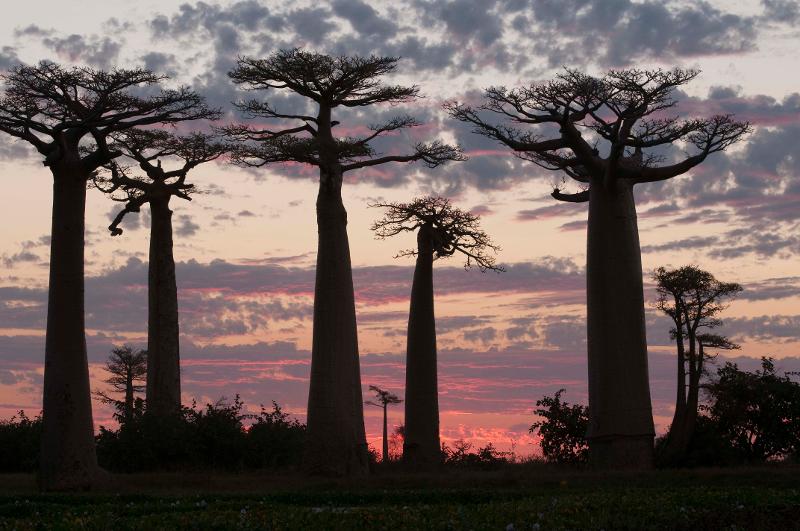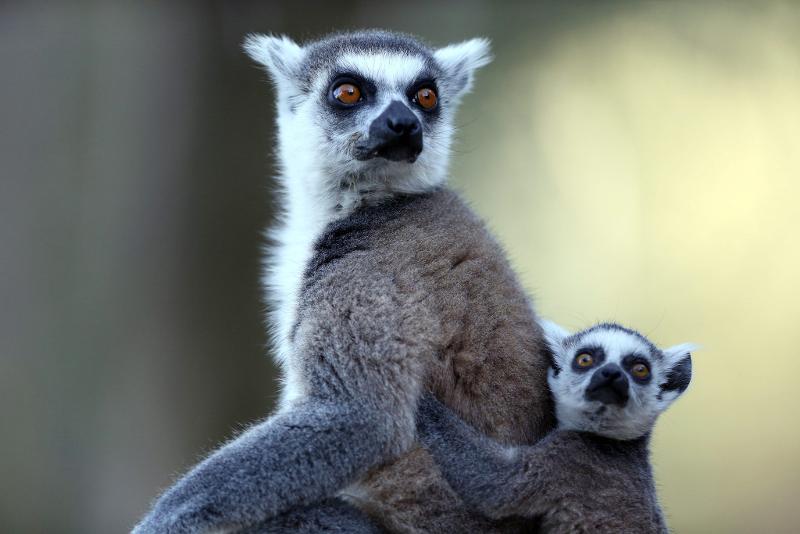
The African island nation of Madagascar is home to six of the world's nine baobab trees. Three of the trees are on the Red List of Threatened Species of the International Union for the Conservation of Nature. The photo above is of a baobab tree endemic in Madagascar.
By Kim Young Deok and Lee Jihae
Photos = Yonhap News
Korea is leading the way to preserve wildlife diversity in Madagascar, an African island nation in the southeastern Indian Ocean.
Madagascar has a unique ecosystem featuring a wide variety of organisms such as lemurs, chameleons and baobab trees, attesting to the country's rich ecological value.
The Korea International Cooperation Agency (KOICA), UNESCO and the Malagasy Ministry of Environment and Sustainable Resources on Aug. 24 signed an agreement on Biodiversity Conservation and Sustainable Natural Resource Management for Integrated Community Development in National Parks of Madagascar.
With a budget of USD 6 million (about KRW 7.1 billion) for five years, the project seeks to preserve wildlife diversity at Madagascar's major national parks and tropical forests designated World Heritage in Danger, such as the Rainforests of Atsinanana. It also aims to develop regional communities and diversify income sources for residents.
About 510,000 hectares of Malagasy forests, or about nine times the area of Seoul's landmass, are recklessly cleared every year due to indiscriminate lumbering for firewood and furniture.
The Korean government's focus is the reduction of lumbering, restoration of ecological habitats and development of ecotourism in the African nation.

The ring-tailed lemur is indigenous to Madagascar. The photo above is of a ring-tailed lemur at a zoo in Jerusalem, Israel.
kyd1991@korea.kr